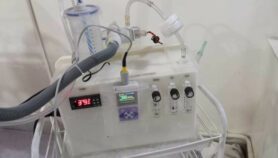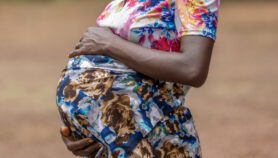Send to a friend
The details you provide on this page will not be used to send unsolicited email, and will not be sold to a 3rd party. See privacy policy.
The variety of HIV prevalent in West Africa, HIV-2, crossed into humans in the 1940s, but did not start to spread until sometime between 1955 and 1970 — just when Guinea-Bissau was embroiled in a war of independence, according to a new study.
An international team of researchers analysed viral samples from the country. They report in this week’s issue of the Proceedings of the National Academy of Sciences that fewer than 10 people had subtype A of HIV-2 until the mid-1950s, but then this number increased exponentially.
The researchers suggest that the conflict in Guinea-Bissau could have sparked the epidemic through increased sexual activity, including rape and prostitution. The transmission of the virus probably also grew due to increased blood transfusions and the use of unsterilised needles in a massive vaccination campaign.
Link to NewScientist.com news story
Link to abstract of research paper in Proceedings of the National Academy of Sciences













